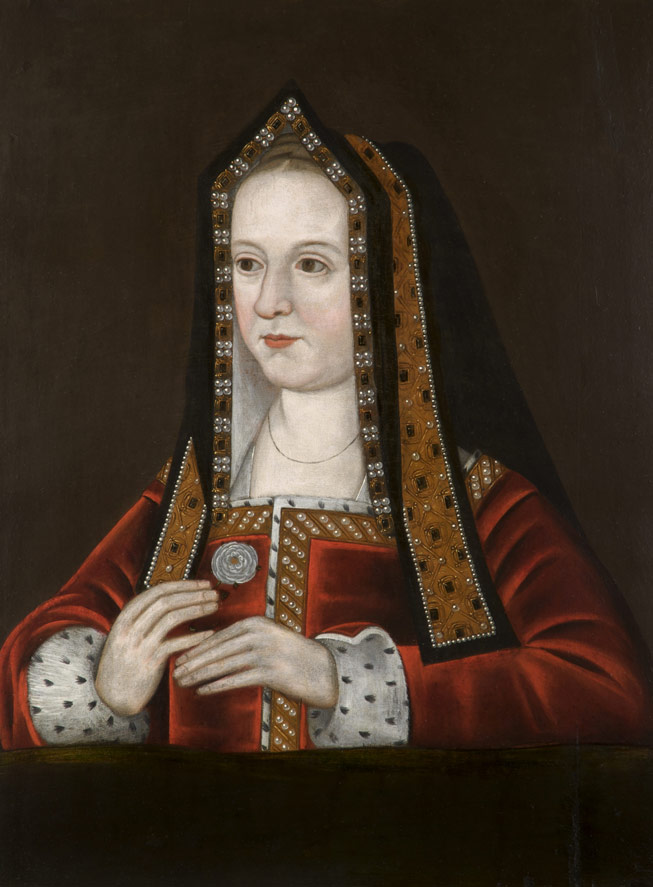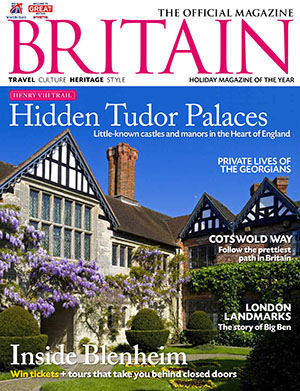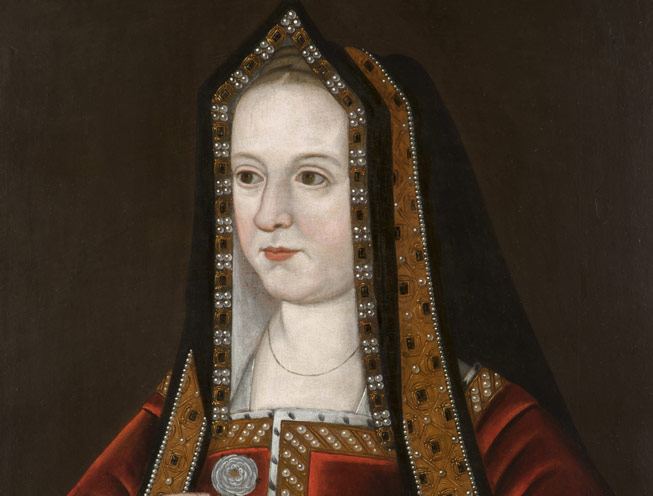Elizabeth of York was a queen who was greatly loved in her own lifetime, and sincerely mourned at her death, yet for five hundred years she has been half-forgotten. Melita Thomas of Tudor Times explores the renewed interest in the mother of the Tudor dynasty.

For five hundred years Elizabeth of York has been forgotten but now there has been an upsurge of interest the woman who was not just the mother of the Tudor dynasty, but whose marriage brought the Wars of the Roses to an end.
Born on 11th February 1466, Elizabeth was the eldest daughter of Edward IV, of the House of York, and his queen, Elizabeth Woodville. Her parents’ marriage had caused a rift amongst the nobles; many thought that in marrying a woman of relatively humble birth, Edward had thrown himself away, rather than marrying to create a state alliance.
In 1470, when Elizabeth was just four, rebellion broke out, led by the Earl of Warwick. Warwick, once the mainstay of the Yorkists, entered a pact with the deposed Lancastrians. Edward was driven into exile and Elizabeth, her two sisters, and her pregnant mother took refuge in the sanctuary of Westminster Abbey.
Within the year, Edward was back on the throne, and the Lancastrians seemed finally defeated. The country settled down to twelve peaceful years.
In 1475, Elizabeth was betrothed to the heir to the French throne but, when she was sixteen King Louis prevaricated and Elizabeth was humiliatingly jilted. Not long after, in April 1483, her father died suddenly, leaving Elizabeth’s twelve-year-old brother, Edward, as king.
Disputes broke out as to how the country was to be governed during Edward’s minority, with some believing that his uncle, Richard, Duke of Gloucester, should be Lord Protector until the boy reached his majority, whilst Queen Elizabeth Woodville and her supporters wanted power to be held by a council they controlled.
Richard of Gloucester marched towards London, intercepting the young king on his journey to London and took control. Elizabeth Woodville, hearing the news, rushed back to sanctuary, with Elizabeth, her sisters, and her younger brother, Richard, Duke of York.
King Edward went to the Tower of London, in accordance with custom, and Queen Elizabeth was persuaded to allow the Duke of York to join him. Shortly after, Elizabeth, still in sanctuary, heard the shocking news that Richard of Gloucester had been proclaimed king, following an allegation that the marriage of King Edward and Queen Elizabeth had been invalid, and that Elizabeth and all her siblings were illegitimate. Elizabeth’s brothers were never seen again.
Eventually, the queen and the princesses emerged from Westminster. Elizabeth joined the court of her uncle, now Richard III, and his wife, Anne of Warwick. At Christmas 1484, she was in high favour with the queen, and, it was soon rumoured, with the king.
Tales spread that Richard intended to marry his niece, given impetus when Queen Anne died in March 1485. Elizabeth’s feelings have been widely speculated on – some writers believing she was in love with her uncle, and hoped to marry him, others that she hated the idea and was already working behind the scenes with her mother, and Lady Margaret Beaufort, for Richard’s downfall.
Lady Margaret was the senior representative of Lancaster, and her son, Henry, Earl of Richmond was in exile, awaiting the right moment to invade England. Support for him grew and on Christmas Day 1484, he swore publicly that, if he captured the crown, he would marry Elizabeth and unite the claims of Lancaster and York.
In August 1485, Henry defeated Richard at the Battle of Bosworth, and he and Elizabeth were married on 18 January 1486. Elizabeth was now Queen of England, and within nine months, she had given birth to a son, Arthur.
But Henry’s victory at Bosworth was not final. In 1487, rebellion broke out. Elizabeth went with Henry and her son to the safety of Kenilworth Castle, where she was brought news of Henry’s victory at the Battle of Stoke. Perhaps in celebration, Elizabeth was crowned that November.
A more serious conspiracy dogged the 1490s when a young Fleming, Perkin Warbeck, alleged he was Elizabeth’s missing brother, Richard of York. Eventually, Warbeck was captured. Initially, he was treated leniently, and joined the royal household, his wife being given a position as Elizabeth’s attendant, but was eventually executed.
Elizabeth and Henry’s marriage was one of state, but the evidence suggests that they became deeply attached to each other. They spent much of their time together – making progresses around the south and the midlands, visiting shrines and going on pilgrimages, both being pious in the tradition of late mediaeval Catholicism.
Other pastimes included music, reading, and even architecture – Elizabeth contributed to the plans for the new palace at Greenwich. She also took a close interest in the upbringing of her children – it is thought she taught her younger son, later Henry VIII, to write.
Although many held Elizabeth’s claim to the throne to be superior to Henry’s, she was seldom involved in politics. One sphere where she did have influence, was in the marriages of her children. She wrote to the Spanish sovereigns about their daughter, Katharine, who was to marry Prince Arthur, and she insisted on the postponement of the marriage of her daughter, Margaret, until the girl was old enough to cohabit without risking her health.
Grief was never far away – Elizabeth lost at least two children as infants, and in 1502, the worst blow of all fell, when fifteen-year-old Arthur died. She was distraught, but, as a loving wife, sought to console her husband, before collapsing herself, to be comforted by him.
Elizabeth became pregnant again, but went into premature labour, and died at the Tower on her thirty-seventh birthday, her baby dying with her. Henry and her children were desolated. The whole of England mourned the passing of the queen, who was buried in Westminster Abbey, under one of the most beautiful tombs ever created.
Writer – Melita Thomas, Tudor Times Ltd
Related articles
Britain’s top 25 stately homes
Chatsworth: Dress like a Duchess
Click here to subscribe!


 No mobile device? Purchase directly on Zinio for your desktop!
No mobile device? Purchase directly on Zinio for your desktop!







 © 2024
© 2024